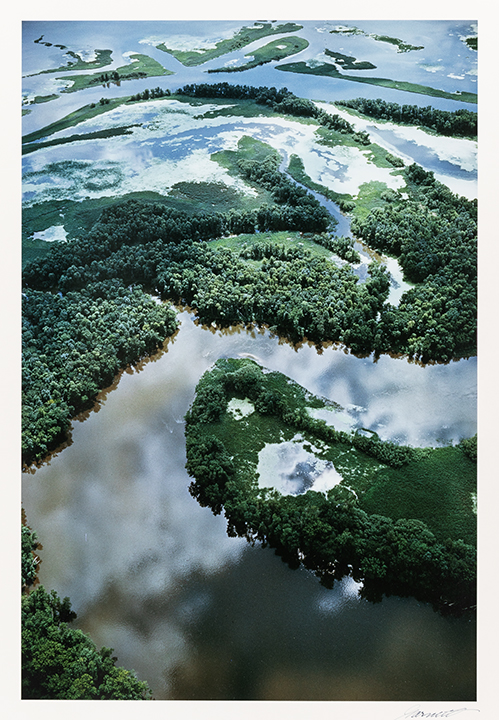Resource & Ruin tells a national story of an environment in crisis through the lens of the Midwest’s natural surroundings
MADISON, Wis. – Americans have long engaged with the United States’ iconic landscapes, identifying with them, turning to them for inspiration and mining them for natural resources. The Chazen Museum of Art at the University of Wisconsin–Madison showcases this relationship and its effects in Resource & Ruin: Wisconsin’s Enduring Landscape, on view Dec. 19, 2022-March 26, 2023. The exhibition will feature approximately 40 works, including paintings, sculpture, ceramics and more, that date from the 18th century to the present. While many of the objects on view will be from the Chazen’s permanent collection, visitors will also see several important loans, including four works from the Wisconsin Historical Society.
“For centuries, American artists have engaged with nature and captured it in their work. However, the need for resources and the desire to control the environment have put many beloved landscapes at risk. Resource & Ruin uses the prairies, forests and waterways of Wisconsin to tell a national story of a revered environment in crisis,” said Janine Yorimoto Boldt, associate curator of American art at the Chazen.
Several works on view will offer insight into how Americans have engaged with and manipulated the environment. Others will address climate change and other environmental consequences of development and highlight the results of extraction, exploitation and conservation. The exhibition will include works by Indigenous artists and confront slavery’s relationship to resource extraction.
Among the works on view will be William H. Boose’s Clearing Pentenwell Lake (1950), a painting that represents human power over nature. The oil-on-canvas work depicts the logging of a man-made lake created in 1948 when the Wisconsin River Power Company constructed a dam across the Wisconsin River for hydroelectric power and flood control. Small figures in the foreground burn wood, chop down trees and load trucks while a line of fallen trees, the dam and a tall rock structure command the background. Boose was a farmer and a regular participant in the Wisconsin Rural Arts Program (WRAP), which originated in 1954 as an outreach initiative of UW–Madison. It is now administered by the Association of Wisconsin Artists.
Resource & Ruin also includes Erosion and Contour Cropping (ca. 1938-40), a painting by WRAP’s co-founder John Steuart Curry. He often used art to address technological innovation in agricultural communities, including conservation and research efforts by the UW College of Agriculture.
Works on loan from the Wisconsin Historical Society include a portrait of Morgan L. Martin and Pecatonica Battleground (1857), both by Milwaukee duo Samuel M. Brookes and Thomas H. Stevenson. Pecatonica Battleground is one of three landscape paintings of Black Hawk War battlefield scenes commissioned by the Wisconsin Historical Society.
Resource & Ruin also includes a rare Weed Vase by Frank Lloyd Wright; and works by Ansel Adams, Georgia O’Keefe, Thomas Moran, Lela Naranjo Gutierrez and Luther Gutierrez and others.
The Chazen Museum of Art will complement the exhibition with interactive gallery talks to highlight the themes and works on view.
• Please note that the museum will be closed Dec. 24, 2022–Jan. 13, 2023 for annual maintenance.

William A. Garnett (American, 1916–2006) “Mississippi River near Prairie du Chien, Wisconsin,” 1968, from the portfolio “Color Nature Landscapes I,” 1968, Cibachrome, 24 x 20 in. Gift of Dr. Kristaps J. Keggi, 1984.186.8